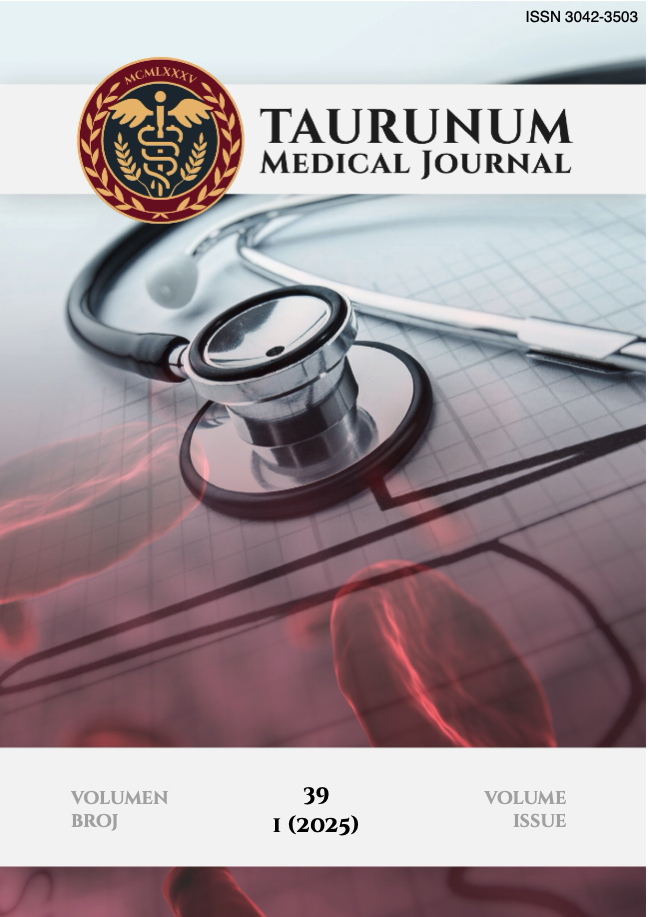
More articles from Volume 34, Issue 1, 2018
An immunohistochemical analysis of angiogenic profile in T1 bladder cancer with concomitant carcinoma “in situ”
Crosstalk between NCAM/FGFR and TGF-beta signalings: an in vitro study and evaluation of human kidney biopsies
Primary sinovial sarcoma of the lung - a case report
Hyperostosis frontalis interna: case report
Proliferation marker Ki-67 in early breast cancer
Article views
Pathohistological evaluation of tumor regression at breast cancer after neoadjuvant therapy
Clinical Center of Montenegro , Podgorica , Montenegro
Clinical Center of Montenegro , Podgorica , Montenegro
Clinical Center of Montenegro , Podgorica , Montenegro
Clinical Center of Montenegro , Podgorica , Montenegro
Clinical Center of Montenegro , Podgorica , Montenegro
General hospital Vrbas , Vrbas , Serbia
Clinical Center of Montenegro , Podgorica , Montenegro
Clinical Center of Montenegro , Podgorica , Montenegro
Published: 01.04.2018.
Volume 34, Issue 1 (2018)
pp. 42-42;
Abstract
Aim: Evaluation of pathological estimation results of therapeutic response of primary breast carcinoma to applied neoadjuvant therapy. Introduction: Breast carcinoma is heterogeneous disease, that could be classified into several molecular subtypes by using immunohistochemical analysis and in situ hybridization. Neoadjuvant therapy is applied in cases of locally advanced breast carcinoma and for tumor chemosensitivity evaluation, which is very significant for disease prognosis. Material and Methods: The research was conducted on 35 female patients, that were treated with radical mastectomy in 2017, after IV cycle of neoadjuvant therapy, in Clinical Centre of Montenegro. Before treatment, all patients underwent core biopsy (confirmed invasive breast carcinoma, molecular subtype determined).Pathohistological response of primary tumor to applied therapy was estimated as complete response (pCR), partial response (pPR) and no response (pNR). Results: Average age in examined group of patients was 59,25 years.In 68,58% of cases it was invasive ductal, in 17,14% invasive lobular and in 14,28% mixed invasive carcinoma. Representation of molecular subtypes was (without change in respect to the core biopsy): 34,28% Luminal A, 42,85% Luminal B Her2 negative, 5,71% Luminal B Her2 positive, 8,58% Her2 positive and 8,58% triple negative. In 6 patients (17,15%) pCR was obtained, in 21 (71,42%) pPR, and in 4 (11,43%) no response. In group of patients confirmed for pCR, it was Her2 positive or triple negative carcinoma. Conclusion: Applying of neoadjuvant therapy leads to tumor response to applied therapy. Most commonly it is partial response, while complete response most commonly occurs in Her2 positive or triple negative carcinomas.
Keywords
Citation
Copyright
This is an open access article distributed under the Creative Commons Attribution License which permits unrestricted use, distribution, and reproduction in any medium, provided the original work is properly cited.
Article metrics
The statements, opinions and data contained in the journal are solely those of the individual authors and contributors and not of the publisher and the editor(s). We stay neutral with regard to jurisdictional claims in published maps and institutional affiliations.




